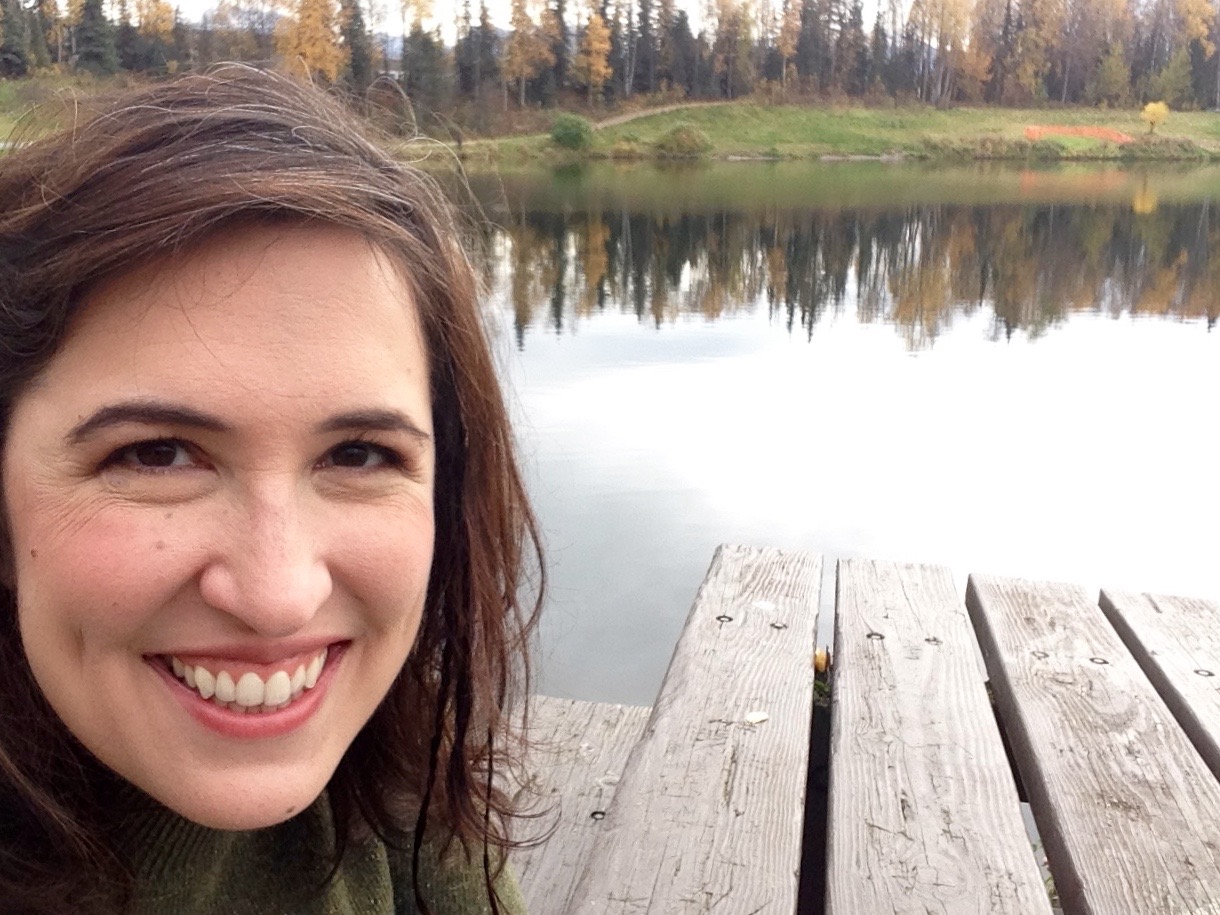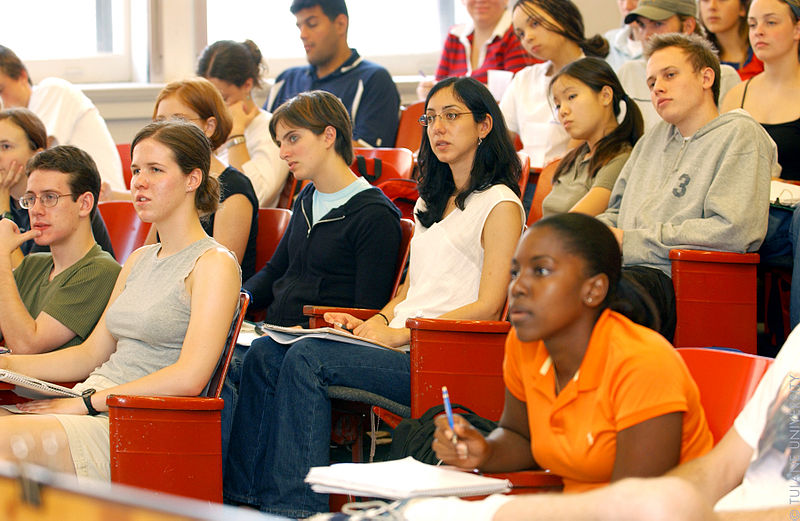Maggie, 82, sits on a metal chair across from her new family doctor.
“I’ve just been feeling tired lately,” she tells the young MD.
“Well, no wonder!” the doc responds. “You’re 82!”
Actually, Maggie—who does tai chi, volunteers at an animal shelter and is sporting a sea glass necklace from her latest beach vacation—has developed a persistent bout of depression. But her newly minted doctor, who has mostly only ever seen older people in the hospital, thinks she’s doing great, “considering.”
This hypothetical situation is the kind that medical schools have been working to prevent. If med students only see older people in the hospital with pneumonia and broken hips, they can get a skewed impression of what their lives are like.
So in 2011, the Silver Century Foundation stepped in to help combat this challenge, funding the Senior Mentor/Home Visit Program at the Robert Wood Johnson Medical School in New Brunswick, NJ.
By the end of two grant cycles, 48 medical students had learned, as one put it, “never, ever, ever judge a book by its cover.” And the medical school had a solid foundation for what would become an ongoing mentor program.
Ageism Prophylactics
In 2011, Kay Klotzburger, founder and president of the Silver Century Foundation, was looking to fund a promising ageism-prevention project. She just hadn’t found it yet.
Until that point, the foundation had mostly funded programs that served older adults. But Klotzburger was frustrated; she kept encountering hardwired ageism—in both older and younger people. She wanted to pivot to prevention, to stop ageism before it began.
Grace Egan, whom she’d worked with on the New Jersey Elder Index grant, told her about a project that might fit the bill. The Robert Wood Johnson Medical School (now a part of Rutgers University) was looking to launch something called a senior-mentors program. The purpose was, in large part, to combat ageism in medicine.
“As students go through medical school—particularly as they get to the clinical years—they’re actually spending most of their clinical time in a hospital setting,” explains Joyce Afran, MD, co-director of Patient Centered Medicine at the medical school. “So they really don’t have the opportunity to develop an understanding of what’s actually happening when patients leave the hospital—how they’re managing their chronic medical problems at home, how well they’re functioning.”
This can lead to a tendency to dismiss treatable medical problems as just part of old age. “They’re seeing patients when they have problems and they’re in a gown and they’re not really moving,” says Afran. “You [as a student] don’t see what they can do—to understand what you can get them back to.”
Doctors in every specialty need to know more about aging. For example, orthopedic surgeons—who see patients at their physical worst—need to understand that people of all ages have lives to get back to (and to do intensive physical therapy for).
So, in the early 2000s, medical schools were testing out solutions. One promising option was the senior-mentors model.
In senior-mentors programs, healthy older people living independently in the community served as “mentors” to medical students. The students visited their homes and practiced essential skills, such as taking medical histories and checking for fall hazards. Over the course of a few visits, the students also got to know these older people as human beings.
The Robert Wood Johnson Medical School had tried such a program a few years before but needed a grant to start one up again. So the Silver Century Foundation provided it.
The new program—which Afran helped run, along with Fred Kobylarz, MD—launched in 2011 with 18 medical students. The following school year, enrollees jumped to 30.
One student wrote in a course evaluation after the first year, “We learned that some people can maintain their good physical and mental health long into their ‘old age’ so be sure to understand how well your Senior patient is able to function and treat them like adults & not needy incapable children—as our mentor told us.”
Prevention Prescription
The Senior Mentor Home Visit Program was an elective track for second-year medical students in the Patient Centered Medicine course. Students don’t choose their specialty until the third or fourth year, but “I don’t care what specialty you’re going to go into, you will encounter older adults,” points out Kobylarz, director of the school’s Center for Healthy Aging. “So even if you’re a pediatrician, Grandma might be bringing in little Johnny for whatever, and you better be able to think about what Grandma might be saying.”
“I think especially the students who are not going into primary care—we hope that they’re the ones who are taking with them a better understanding of what it’s like to be an older adult and be functional,” says Afran. For example, orthopedic surgeons—who see patients at their physical worst—need to know that people of all ages have lives to get back to (and to do intensive physical therapy for).
In the school’s mentor program, the students visited their mentors three times. Each visit had a specific focus. The first covered functional abilities, the second, medication management and the third, home environment. Students were given lists of topics to ask their mentors about. Being only second years, they were barred from giving medical advice.
Over the course of the three visits, students learned details about such personal but medically relevant topics as:
- Social support level and whether it met the mentor’s emotional needs
- Financials, such as whether the mentor had enough money for food
- Hobbies
- Any functional limitations and how the mentor dealt with them
- Personal life problems and how the mentor was handling them
“It was kind of a little puzzle for the students to find out, how do these people do it?” says Klotzburger. “What they found out rather quickly is that a lot of these people had liabilities. They couldn’t see too well, they couldn’t drive, they limped, they had to use a cane, their balance wasn’t great, but there they were, living in the middle of their community, and they weren’t depressed, and they weren’t saying that they had all kinds of health problems. They had figured out how to cope with aging. And the students found that astonishing.”
At the end of the first year, students completed evaluations of the program. One of the questions was, “What did you learn from your senior mentor about aging and growing older?” Responses (as written) included:
- That not all aging people are sick!
- The aging process is different for every individual and can still be a fun, rewarding and lively experience.
- My senior mentor was great. She showed a lot of appreciation for the life that she had, but also lamented that growing old was not exactly a walk in the park.
- It’s not easy, and sometimes the best way to deal with it is to try to focus on other things.
- That I should learn to play bridge.
Students also said they found new appreciation and respect for older people. One wrote, “Elderly folks have numerous ways to retain control over their lives even as their health degenerates. I gained respect for older individuals who suffer from numerous ailments but are able to functionally cope with them.”
The original nine mentors—who had been recruited from senior centers—expressed appreciation for the program in their evaluations. “I enjoyed having [the students] here,” one wrote. “I don’t get many visitors.”
“Our sessions were interesting and fun and enjoyable in every way,” another commented.
Many mentors talked about the importance of helping train these medical students. “Those are young, intelligent, future doctors who need to know what aging is all about because seniors have different needs,” one wrote.
“The program provided the mentors with a $50 credit card when they got through with this,” says Klotzburger. “Initially they were all excited—‘Ooh, I can go shopping with $50!’ By the end of it, they said, ‘I don’t need any money for this; this is such fun.’”
In year two, 23 mentors signed up—almost three times the number from the first year.
Klotzburger believes the increased interest among both students and mentors is clear evidence of the program’s success. “The students scrambled to enroll in the elective program and clearly had a change of mind about treating older people,” she says. And as for the mentors, “It allowed them to participate in a teaching role, to interact with young people and thus to feel that they were still important, contributing members of society.”
This success of the senior-mentors program solidified a new focus for the Silver Century Foundation: combating ageism in younger people. For example, since the senior-mentors grant ended, Klotzburger says, “we have funded programs that work to train journalists in how to be aware of their own ageism and write articles about midlife and older people that do not incorporate ageist perspectives.”
Prognosis
“We’re all going to age,” says Kobylarz. “We’re all going to develop certain diseases. But despite these diseases, this aging process—it’s not all negative.”
The Rutgers Robert Wood Johnson Medical School continues to offer a senior-mentors program to students. After the initial two years of working with healthy older people, the school transitioned to working with people who had chronic diseases. Now the program is a cross between the two models, Afran says.
More medical schools have joined the trend now too. Senior-mentor programs have become more common. “And different variations on the scene as well,” she says. “I would say now the focus is on chronic disease management.”
Afran explains that’s because, as people are living longer, they’re also developing more chronic diseases and managing them at home. “I think part of it is also the economics of health care,” she says. “We are trying to keep people out of the hospital.”
But when they end up there, at least doctors will know that they have lives to get back to—no matter their age.

Leigh Ann Hubbard is a professional freelance journalist who specializes in health, aging, the American South and Alaska. Prior to her full-time freelance career, Leigh Ann worked at CNN and served as managing editor for a national health magazine. A proud aunt, Leigh Ann splits her time between Mississippi and Alaska.



